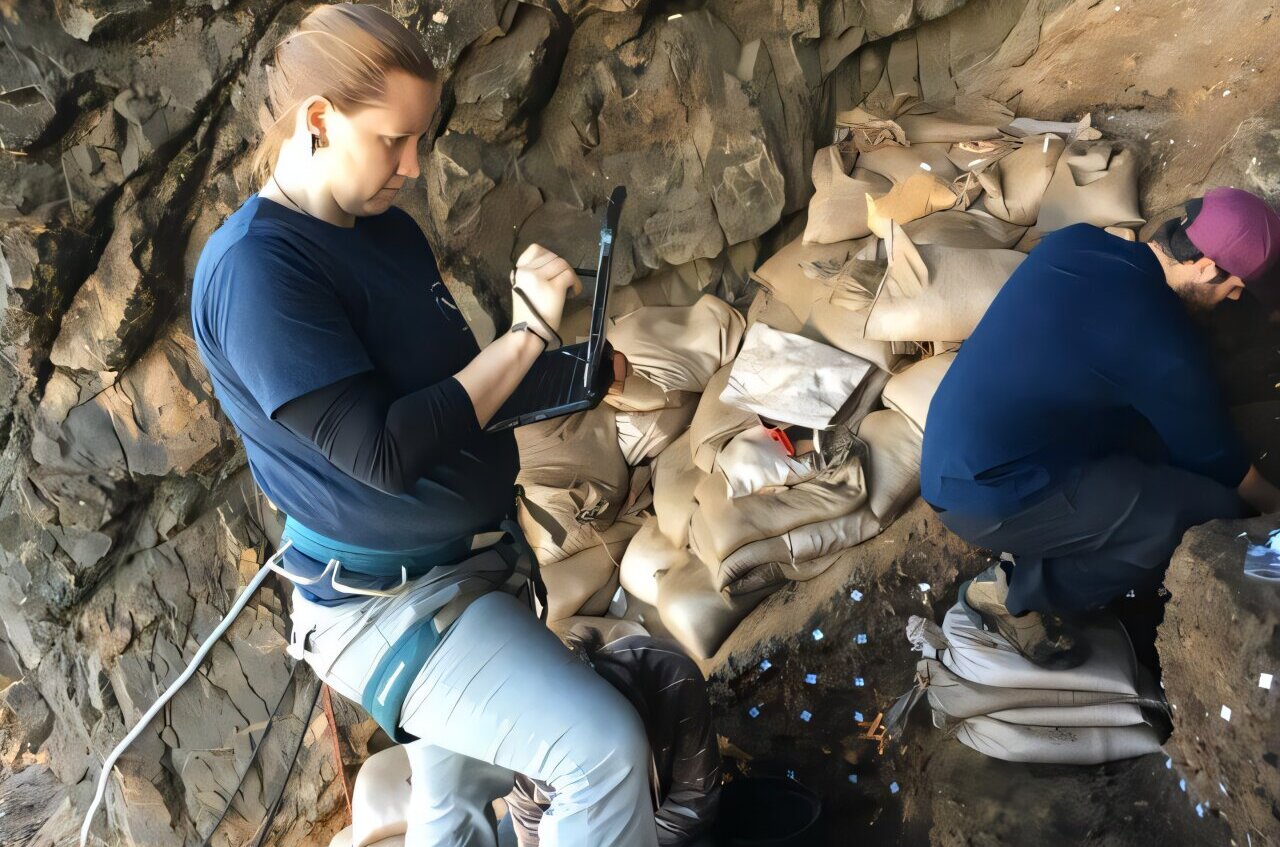A team of archaeologists in South Africa made an extraordinary discovery of stone tools dating back about 20,000 years. These tools were found in a cave perched 23 meters above sea level on the country’s southern coast. The difficult climb to the site, carrying heavy equipment daily, helped preserve the area from modern interference. Archaeologist Sara Watson led the effort, which has provided valuable insight into the lives of prehistoric humans.
Ice Age Tools Reveal Survival Strategies, Climate Shifts, and Evolving Prehistoric South African Landscapes
The tools date to between 24,000 and 12,000 years ago, during the Pleistocene epoch, a period marked by dramatic climate shifts and the end of the last major ice age. This era was characterized by fluctuating temperatures and evolving environments. The region that is now coastal South Africa was, at the time, several miles inland, covered in plains likely filled with migratory game animals, resembling ecosystems like the Serengeti.

Excavation efforts uncovered thousands of small, sharp stone blades along with larger rock cores. Though their exact uses are unclear, researchers believe they may have been parts of composite tools and projectile weapons such as bows and arrows. These tools suggest the people living there hunted large animals and were adept at crafting functional, specialized instruments to aid in survival.
Ancient Tools Reflect Shared Knowledge, Long-Distance Connections, and Humanity’s Deep Cultural Continuity
The way these tools were made—specifically, the patterns of breaking down cores into bladelets—reveals shared knowledge and cultural practices. The same techniques were found in areas far from the South African site, such as Namibia and Lesotho. This implies a network of communication and learning among distant communities, pointing to a surprisingly connected and socially complex prehistoric world.
Despite the time gap, the people who lived in these caves were not vastly different from modern humans. Watson emphasizes that humanity’s deep history is rich and often underappreciated. The similarities in tool-making and behavior suggest that Ice Age humans shared many traits with us today—creativity, social learning, and adaptability in the face of changing environments.


